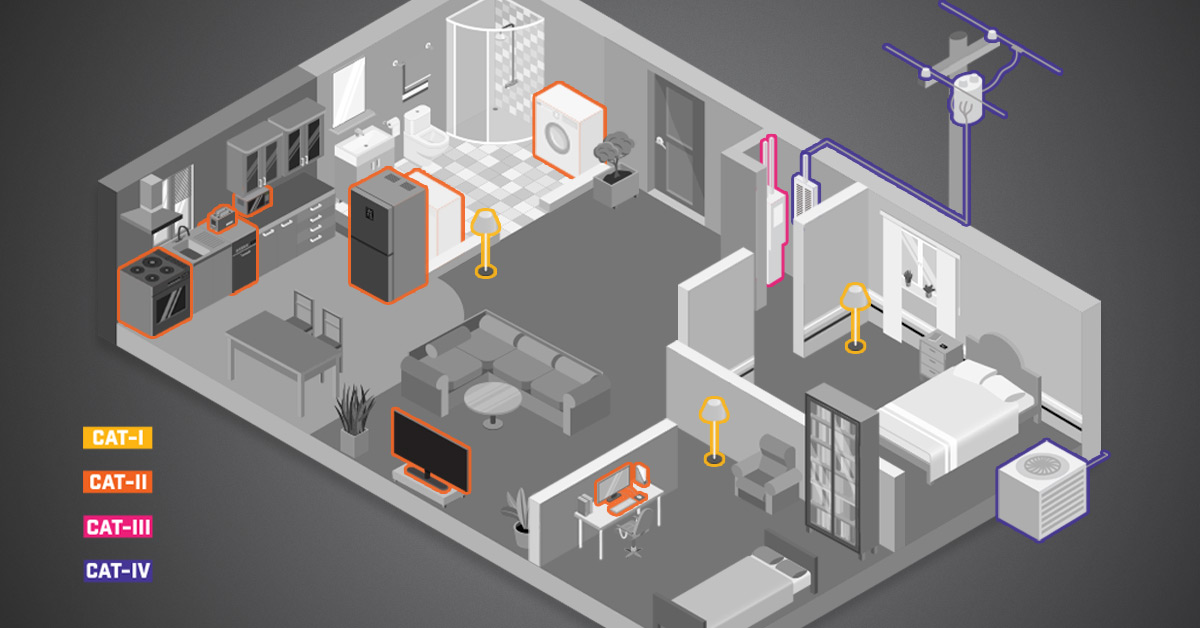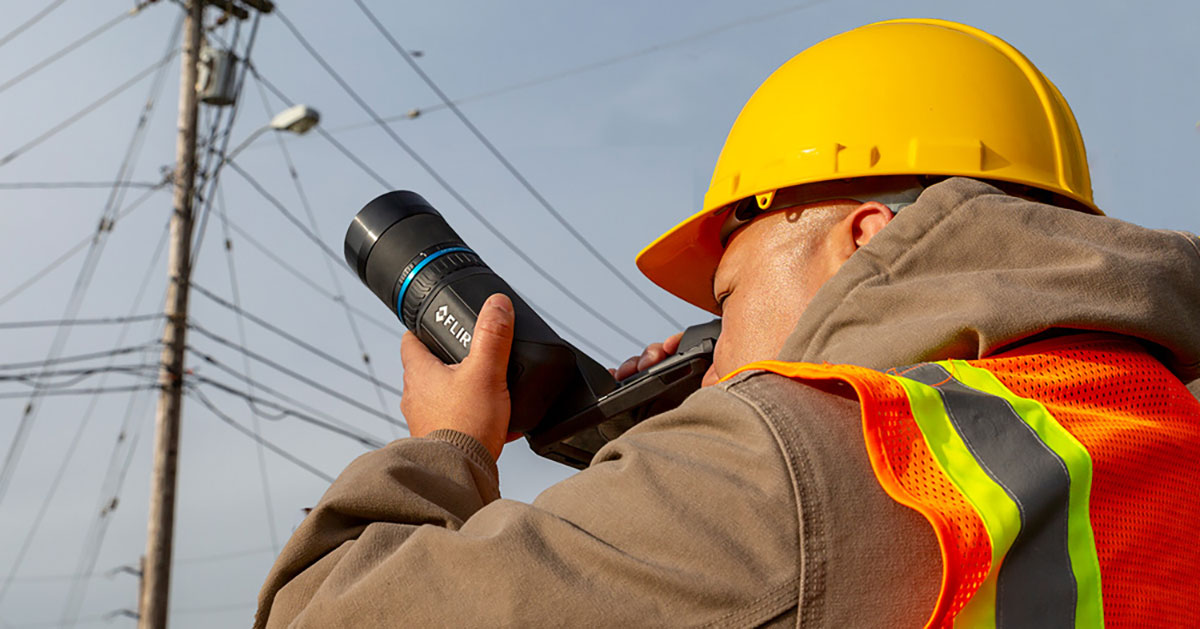Thermal Cameras Reveal How to Keep Your Home Cool During a Heat Wave
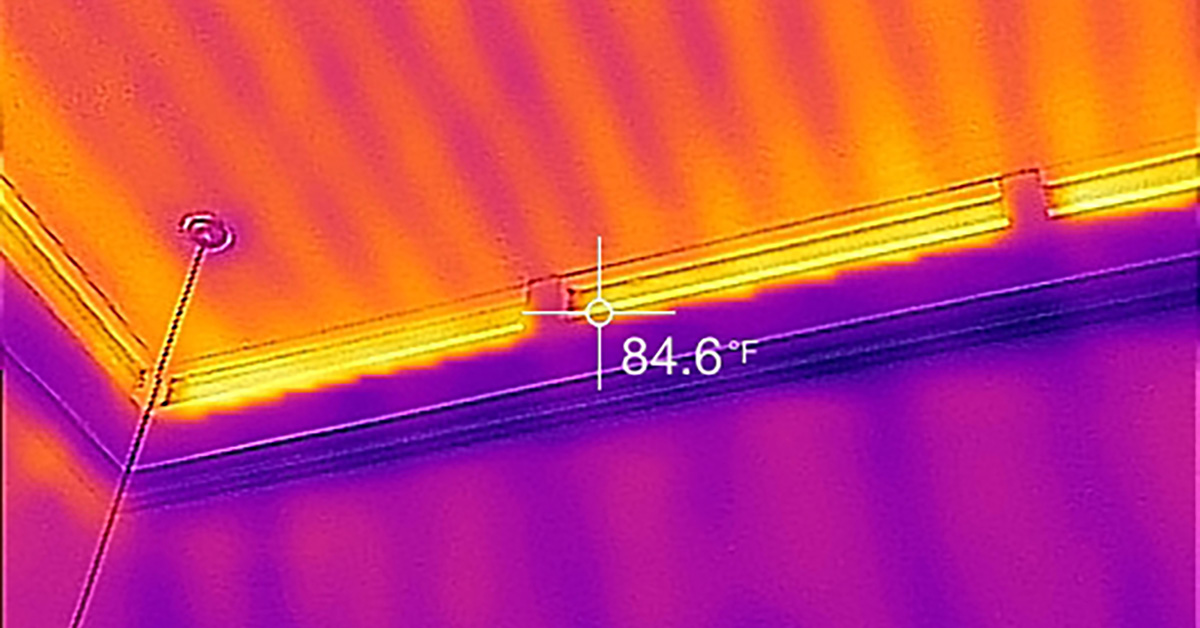
Record hot temperatures remind us how difficult it can be to keep your home cool during a heat wave, no matter how many fans you turn on or how high you turn up the air conditioning. If your house is hard to cool down, you may be fighting against invisible building maintenance problems. Check out what a thermal camera reveals you should do to ensure your home stays cool during the summer.
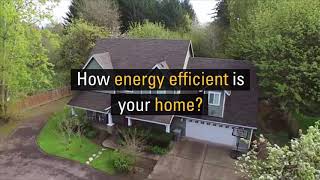
Fix Air Leaks in Your Home
Adequate air exchange is important for your comfort, health, and safety, but most buildings have a far higher rate of air leakage than necessary. The root cause is often poor design or construction, resulting in air leakage through chimneys, attics, wall vents, and badly sealed doorways, allowing cold air to escape and hot air to infiltrate.
The source of these drafts can be extremely difficult to detect. With a thermal camera, you can see the movement of hot air in and cold air out and detect leaks.
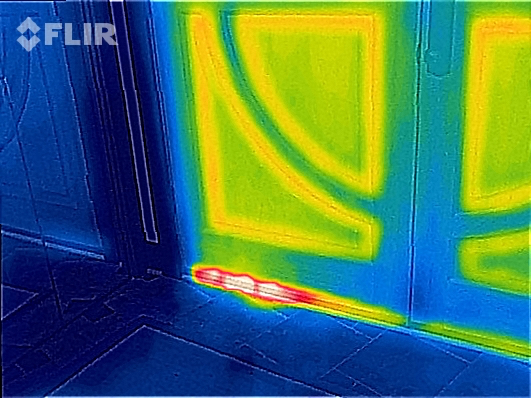
Air leak through a poorly sealed doorway.
Install Missing Insulation
Isn’t insulation for keeping you warm, not cold? Insulation in your home is actually important for both. The role of insulation is to prevent heat transfer, and works both to prevent heat from coming in as well as keep heat out. If you can cool your house down to a reasonable temperature, proper insulation will ensure it stays that temperature without you needing to run the air conditioning 24/7.
Thermal imagers reveal where insulation might not have been installed properly and is now letting heat into your home.
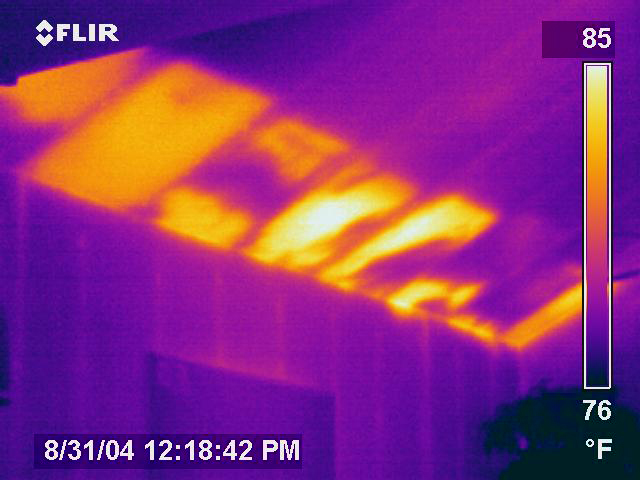
Insulation that has shifted, allowing for heat transfer through the ceiling.
Replace Old or Single-Pane Windows
The US Department of Energy estimates that heat gain and heat loss through windows are responsible for 25%–30% of residential heating and cooling energy use. Older, single-pane windows, especially those with poor insulation around the window frame, are a particularly big energy drain.
If a thermal camera reveals high heat transfer through your windows, a long-term cost-saving measure is to upgrade to more energy-efficient windows.
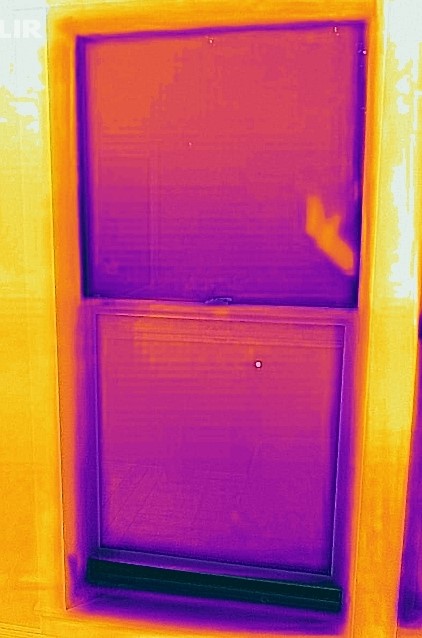
Energy inefficient windows allow a large amount of heat transfer.
Having a professional perform an energy audit of your house is a good way to determine what you can do to keep your home cool. Inspectors use thermal imagers to detect sources of heat infiltration, leading to helpful advice on the best improvements and repairs. DIY home repair enthusiasts can also pick up affordable thermal cameras to look for air leaks and areas of energy loss. Check out the FLIR TG165, FLIR C3, or FLIR E8 for professional-grade building diagnostic and home maintenance solutions.

